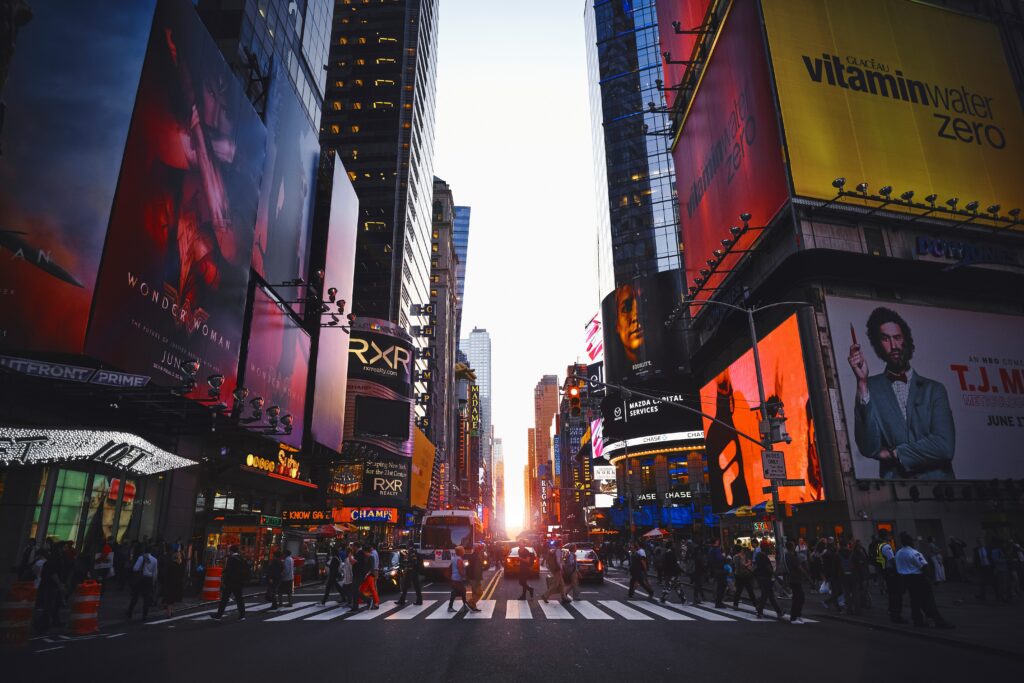With commentators putting so much emphasis on e-commerce as the embodiment of technological innovation in retail, it’s easy to overlook the role that technology can play in physical stores.
Some of the digital resources available can make useful connections between online marketing and the bricks and mortar environment, while others have plenty to contribute to the in-store experience.
One of the perennial challenges for e-commerce businesses is how to drive traffic to their stores. Exactly the same issue exercises the minds of physical retailers. The most effective techniques are largely transferable between the two.
A website is a powerful digital shopfront for a physical store because customers can pay an initial virtual visit.
If that experience has been carefully enough curated then it will tempt them to go to the real store where the experience will be even better.
In that sense, the internet is not the enemy of conventional retail but a very valuable marketing platform.
Once you’ve got your customers onto your premises there are all kinds of technological tools you can use and there are new ones being developed all the time.
Post Contents
Digital Signage
Consumers are now used to having access to more information than they ever expected stores to provide. One of the best ways to meet their new expectations is with digital signage software.
This has come a long way since its infancy when it was only used to guide consumers from aisle to aisle.

Now it is the perfect tool for disseminating content on single or multiple screens, updateable in real-time, with the capacity to load custom integrations, news feeds and social media links as well as more traditional information about sizes, prices, availability and special offers.
Not only can digital signage perform multiple functions in-store, but it can also grab the attention of passers-by with teasers that lure them into the store in search of bargains and casual purchases as well as essentials.
You can forget about the expense of designing and printing posters and display material – with intuitive controls and extensive functionality, digital signage represents the in-store marketing model of the future.
Consumer Technologies
While digital signage is entirely under the retailer’s control there are many devices which invite consumer participation.
For example, the clothes store Uniqlo has introduced a wearable device that measures the customer’s brainwaves in response to images and videos.
An algorithm then assesses their state of mind and suggests appropriate purchases. Neuroscience meets retail promotion.
Then there are interactive technologies like digital GIF booths and Instagram kiosks in which people can produce instant images of themselves in make-up, jewelry or clothes which are posted directly to social media platforms to gather likes and dislikes in real-time.
Marks & Spencer’s Amsterdam store has been trialling a virtual rail which lets you view clothes in life-size on a touchscreen rather than having to rummage through the crowded physical rails.
Interactive Displays
Even store windows have become interactive. Bloomingdale’s in Manhattan installed six window displays which respond to touchscreen commands from passing window-shoppers and change the color swatches at will.

Fitting rooms too have seen the introduction of interactive technology. It’s now possible using a touchscreen mirror to change the lighting, call up information about other sizes, colors and possible matching accessories. Many of these facilities can also be controlled by apps.
Virtual Showrooms
Augmented reality is gradually moving into the mainstream with large stores creating virtual showrooms. This is a world away from leafing through catalogs and trying to translate bathrooms, kitchens and furnishings from 2-D photos into 3-D reality.
Now it’s possible to see what you’re browsing virtually for real. It’s even possible with inbuilt scanning technology to place products virtually in your own home so you can see if size, style and color will fit.
Social Retail
Seen by many as one of the most revolutionary examples of in-store digital technology, social retail first became a reality in Burberry’s Shenzhen branch in China. Store visitors interact with a mini-program inside the WeChat app which turns their interactions into virtual social currency.
This is used to hatch a creature on the mobile screen which accompanies the shopper around the store: a kind of retail therapy Tamagotchi. The store also makes extensive use of QR codes to give access to product information.
So, far from being the antithesis of physical retail, digital technology is proving to be hugely beneficial. And this is only the beginning.






























